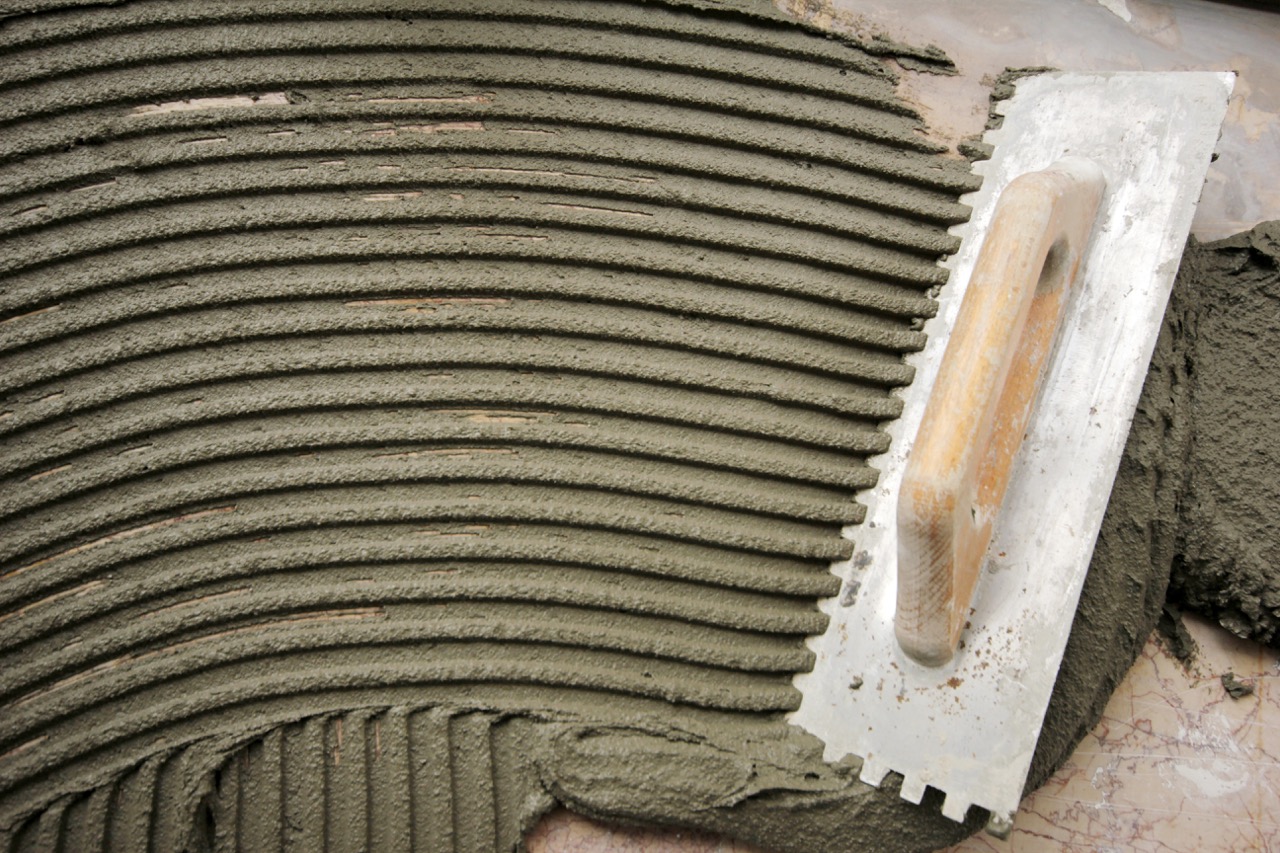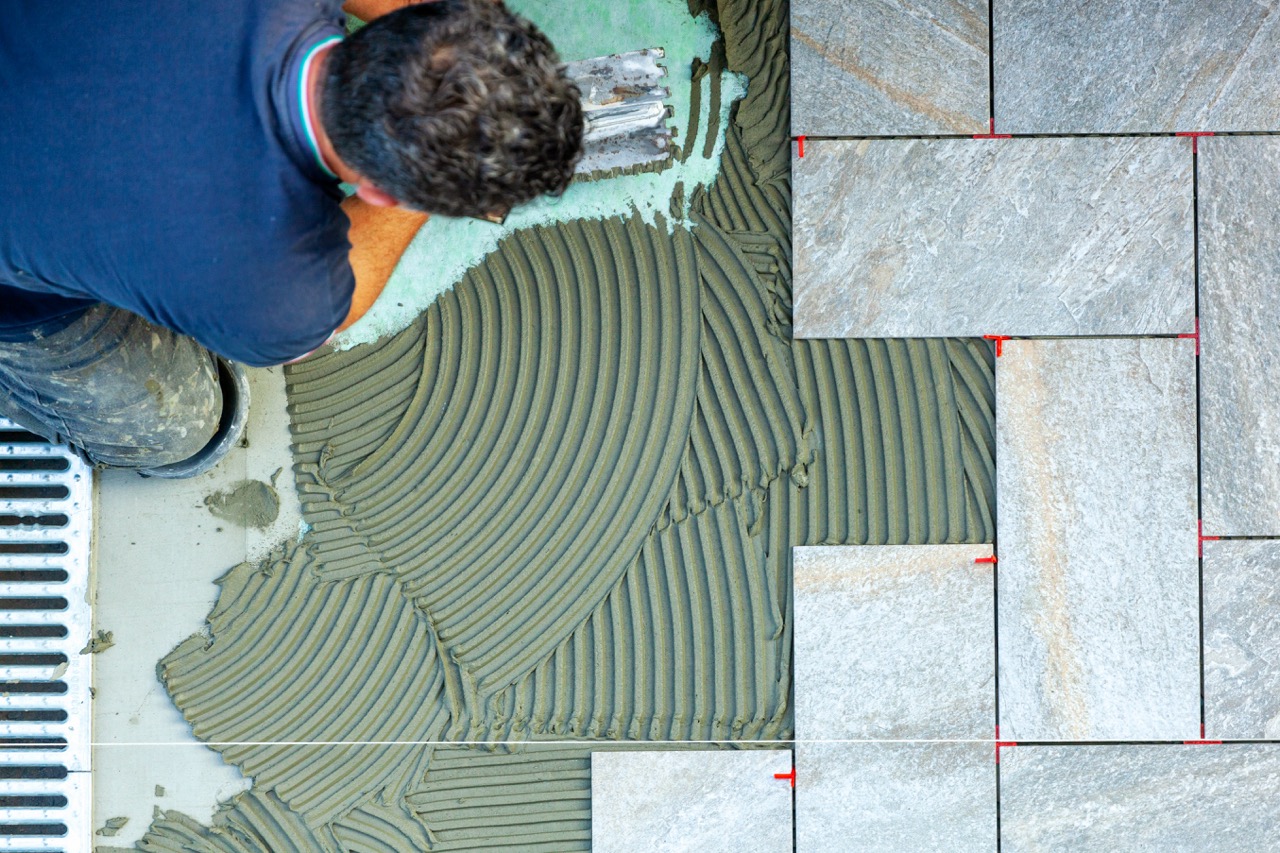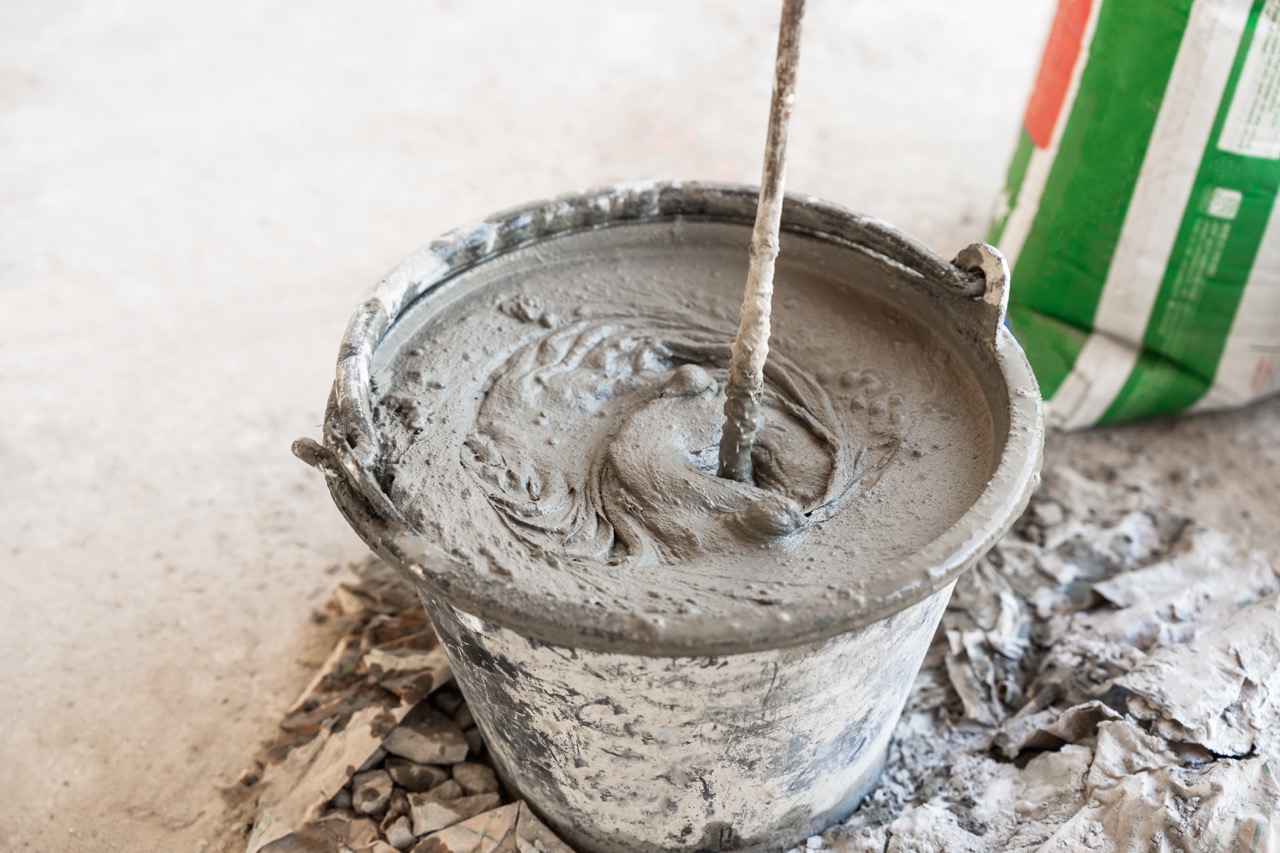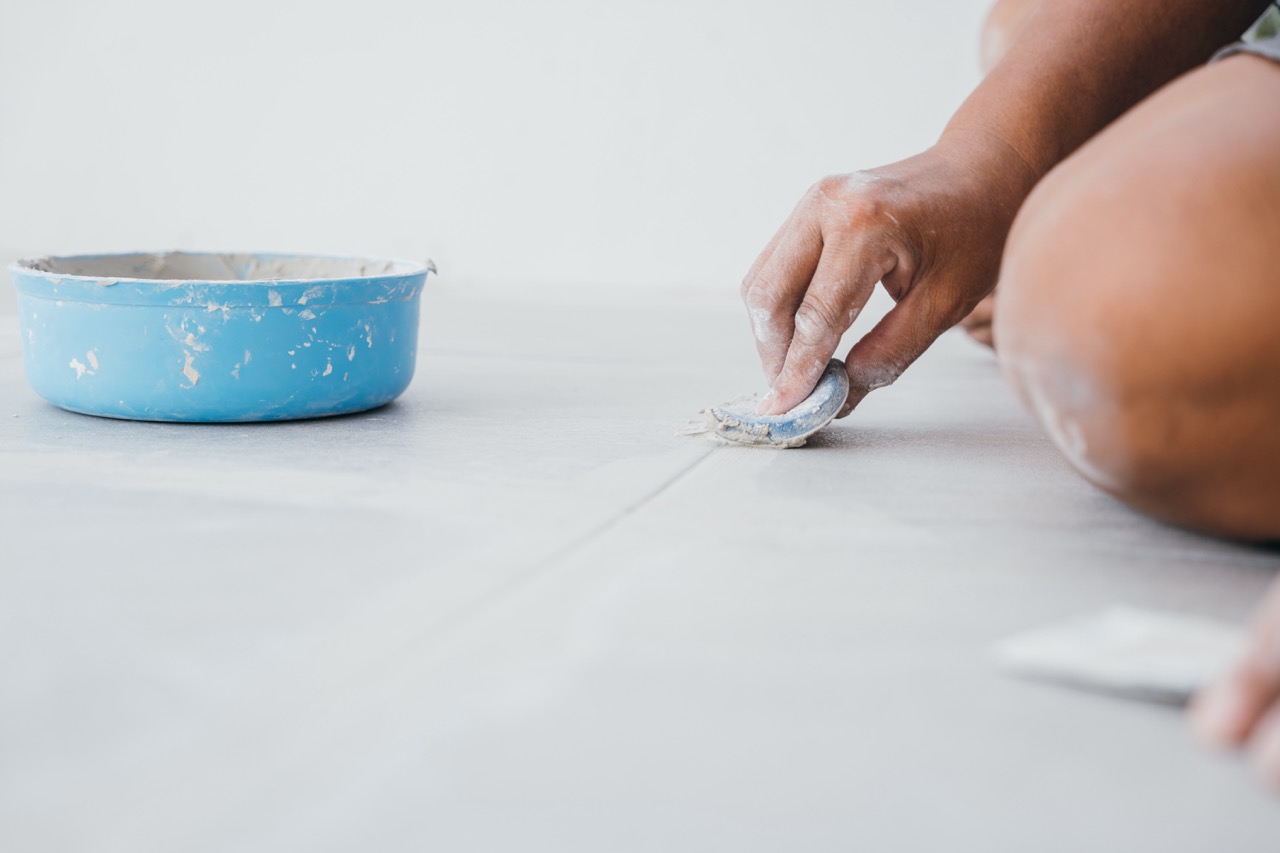When we think about home renovation, we often envision major overhauls—knocking down walls, installing new flooring, or revamping kitchens. Yet, sometimes the most impactful transformations come from small details. One such detail is grout, the modest filler between tiles that can make or break the overall look of a space. Over time, grout pens have emerged as an accessible solution for refreshing tired surfaces, offering a blend of practicality and aesthetics. To understand their influence, it’s worth tracing their journey from humble beginnings to their present role in modern home renovation.
From Early DIY Hacks to Modern Grout Pens
Before grout pens became commercially available, homeowners relied on trial-and-error methods to keep their tiles looking fresh. Traditional cleaning involved scrubbing grout with abrasive tools, bleach solutions, or homemade pastes made from baking soda and vinegar. While effective to some extent, these methods often failed to restore stained grout fully, leaving homeowners searching for more lasting solutions. Recurring discoloration was a common frustration, nudging both professionals and DIY enthusiasts toward innovation.
During the late 20th century, a wave of DIY culture began to influence household practices, and less invasive methods of surface improvement gained popularity. It was during this time that companies began experimenting with paint markers and applicators that could provide a coating effect rather than deep-cleaning. Early versions were far from perfect—they often faded quickly or required frequent touch-ups—but they laid the groundwork for a new category of renovation products.
Over the years, the grout pen evolved from a crude experiment into a refined tool designed specifically for tiled surfaces. Manufacturers improved formulas to include durable pigments and anti-fungal additives, and applicators were redesigned for precision. What started as a simple fix became a legitimate renovation tool, bridging the gap between cosmetic refresh and functional improvement. Grout pens today are marketed not only for their ease but also as cost-effective, time-saving alternatives to full grout replacement.
How Grout Pens Shaped Home Renovation Trends
The rise of grout pens mirrored a larger shift in renovation trends: homeowners began to prioritize quick, accessible updates over large-scale remodels. This trend was fueled by the growing popularity of do-it-yourself culture, bolstered by television shows, magazines, and online tutorials. Grout pens fit perfectly into this ethos—offering a low-cost, low-effort way to achieve a significant visual upgrade. In many ways, they democratized home improvement, making refresh projects more approachable for those without professional experience.
Beyond accessibility, grout pens also influenced the aesthetics of renovation. By providing the option to change grout color easily, they enabled homeowners to experiment with bold design choices without committing to a complete retiling. For example, transforming light grout into darker tones could instantly modernize a space, while bright white grout could revive the clean look of a classic kitchen or bathroom. This flexibility encouraged individuals to view grout not just as a functional necessity but as a design element in its own right.
Ultimately, grout pens have secured their place in the broader history of home renovation tools. They represent a cultural shift toward sustainability, affordability, and personalization—values that resonate strongly with today’s homeowners. As tile remains a favorite choice in kitchens, bathrooms, and entryways, the grout pen continues to serve as both a practical solution and a symbol of how small innovations can transform everyday living spaces.
From their roots in makeshift household remedies to their current status as widely recognized renovation tools, grout pens have carved a unique niche in the world of home improvement. They embody the resourcefulness of DIY culture, the desire for accessible solutions, and the creativity that comes with personalizing living spaces. While grout itself may often go unnoticed, the story of grout pens shows how seemingly minor details can shape design trends and redefine how we care for our homes. In the grand narrative of renovation history, these unassuming pens remind us that transformation doesn’t always begin with a hammer or saw—it can start with a simple stroke of color.








